IVC’s team of board-certified vascular and interventional radiologists are experts in the minimally-invasive treatment of many conditions. Using imaging guidance like ultrasound and x-ray, our physicians are able to deliver highly effective, targeted treatment that allows you to get back to the things you love quicker and easier than tradition surgical treatments.
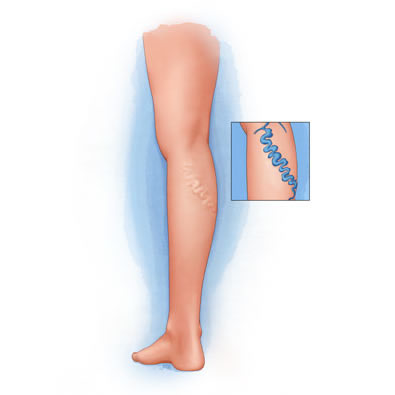
Varicose Veins
Varicose veins are the result of vein disease, or venous insufficiency. Veins become dilated, twisting, and bulging, making it difficult to stand, walk, work, or enjoy your favorite activities. Symptoms include itching, heaviness, swelling, and aching in the legs or pelvis.
Learn More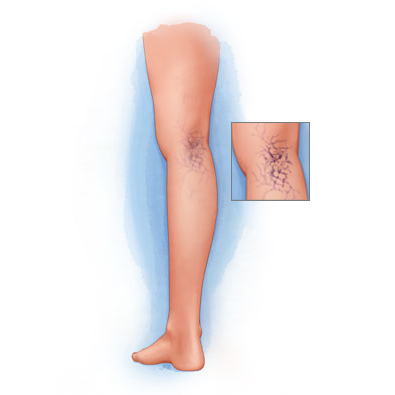
Spider Veins
Spider veins are small, dark veins which are visible on the skin’s surface. Often, spider veins may be a sign of vein disease deeper in the leg.
Learn More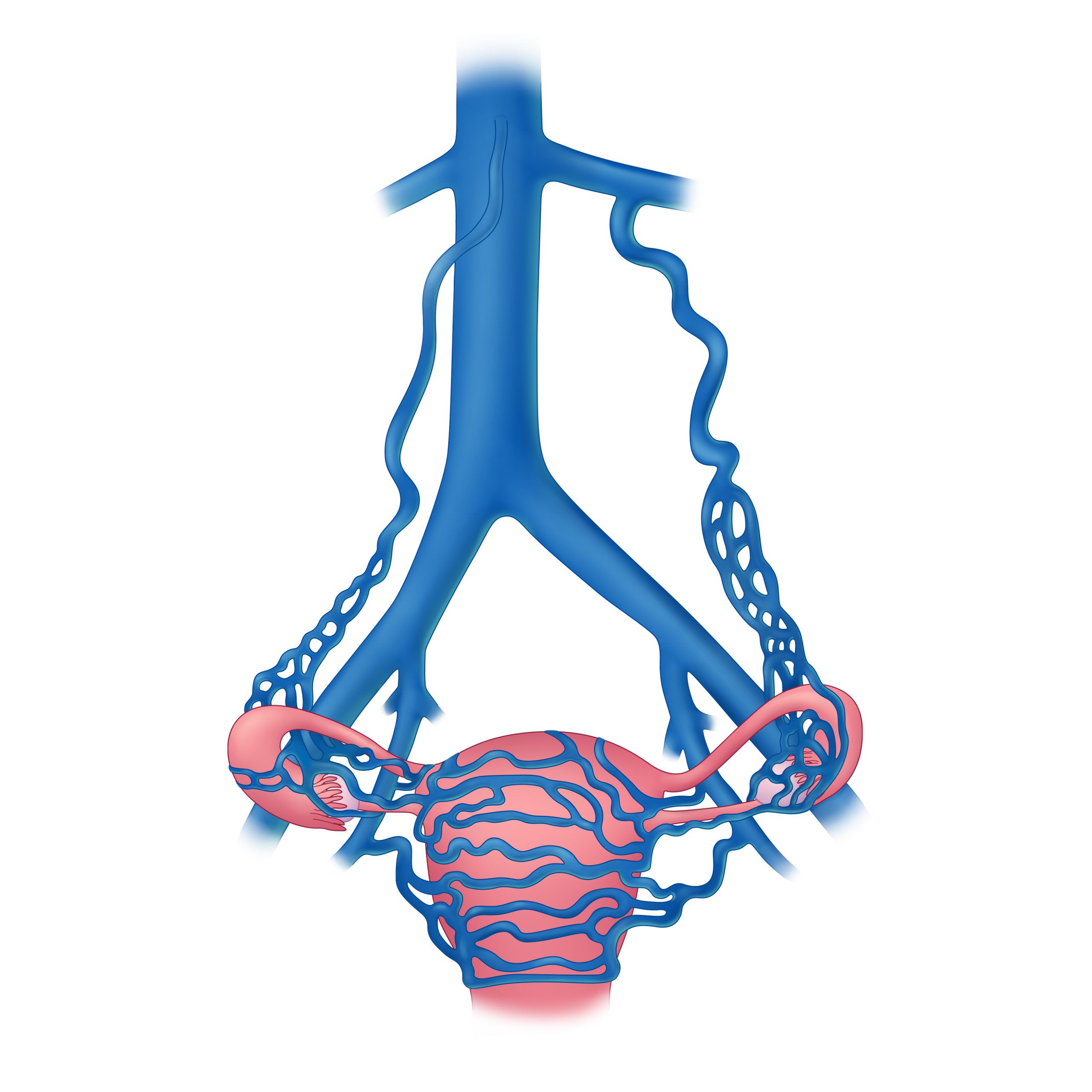
Pelvic Congestion Syndrome
Pelvic congestion syndrome, also called pelvic venous congestion, falls under a broader range of pelvic venous disorders which are a known, but often unrecognized cause of chronic pelvic pain. Varicose pelvic veins develop when the valves in veins are not working correctly, or occasionally when critical deeper veins are obstructed, causing blood to pool and distend pelvic veins.
Learn More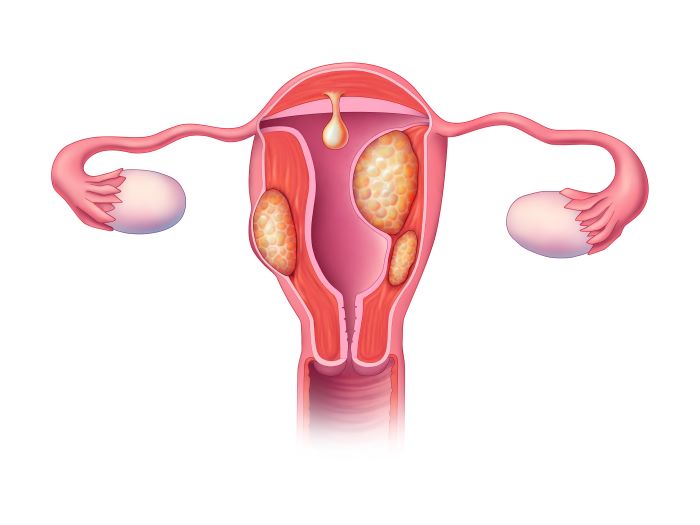
Uterine Fibroids
Uterine fibroids are benign tumors that originate from the uterine muscle tissue. Fibroid growth is dependent on estrogen and progesterone and is rare before puberty. Fibroid growth increases in prevalence during the reproductive years and often decreases in size after menopause. Uterine fibroids can alter a woman’s period and cause a variety of bulk pelvic symptoms.
Learn More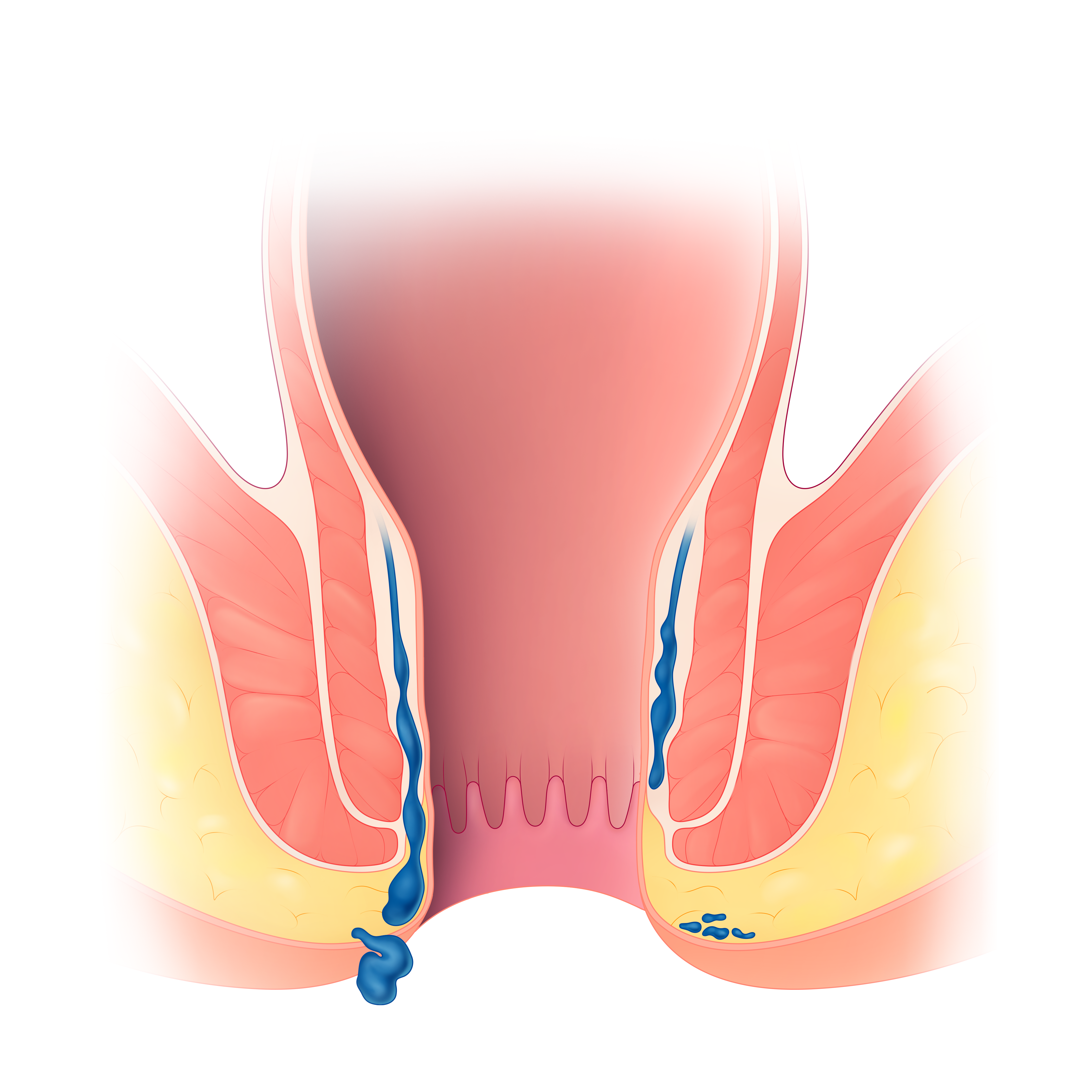
Hemorrhoids
Symptomatic hemorrhoids, also known as piles, are abnormally enlarged and inflamed veins in the rectum and anus caused by increased venous pressure. Hemorrhoids are a very common condition affecting nearly half of the population by the age of 50.
Learn More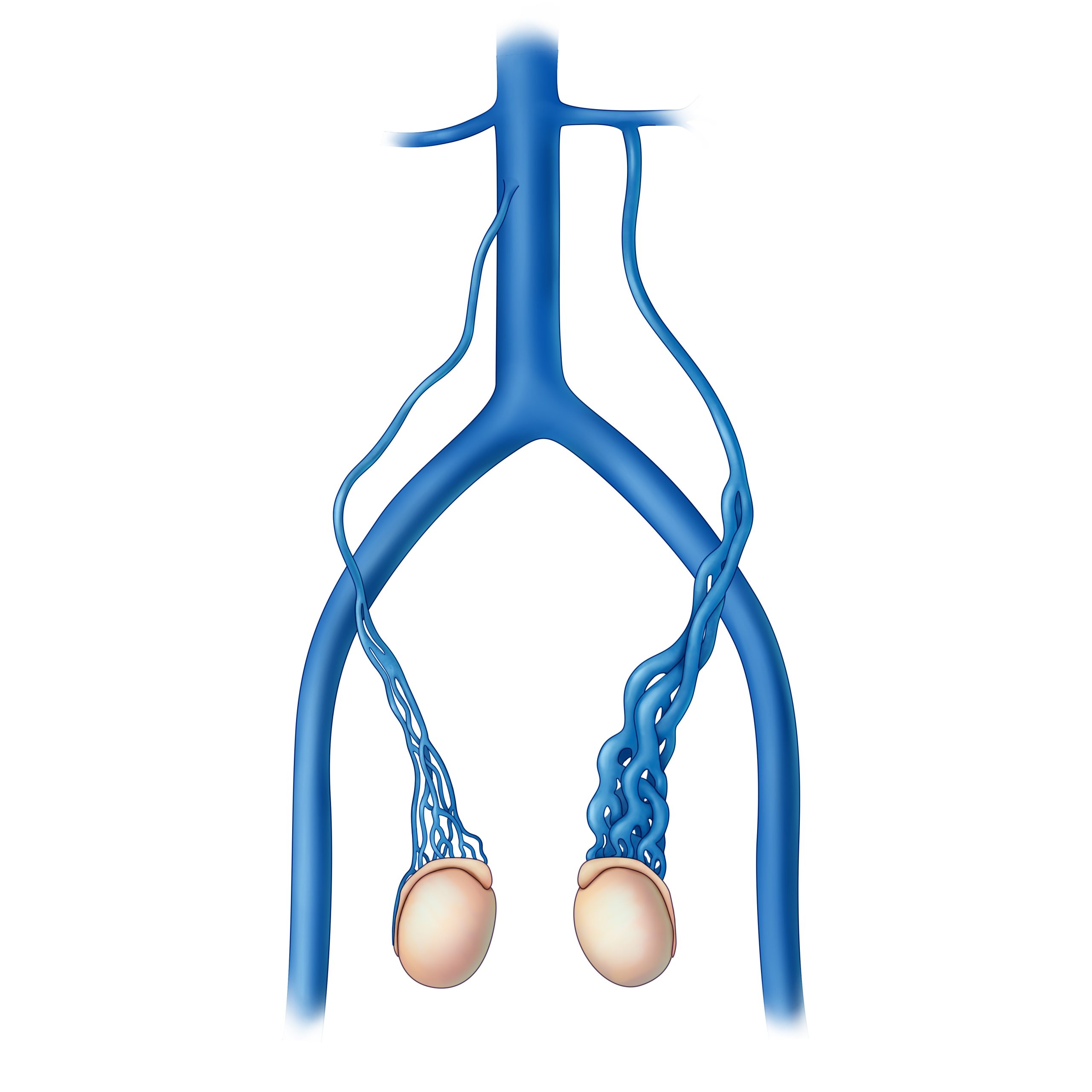
Varicocele
Varicoceles are an important, but often unrecognized cause of chronic groin or scrotal pain. Varicoceles are also associated with infertility. To explain varicoceles, it helps to understand the purpose of veins in the body. Veins help return blood to the heart by preventing backward flow of blood. When valves don’t work or deeper veins are obstructed, blood pools in the congested scrotal veins, resulting in vein distension and increased pressure in the scrotum.
Learn More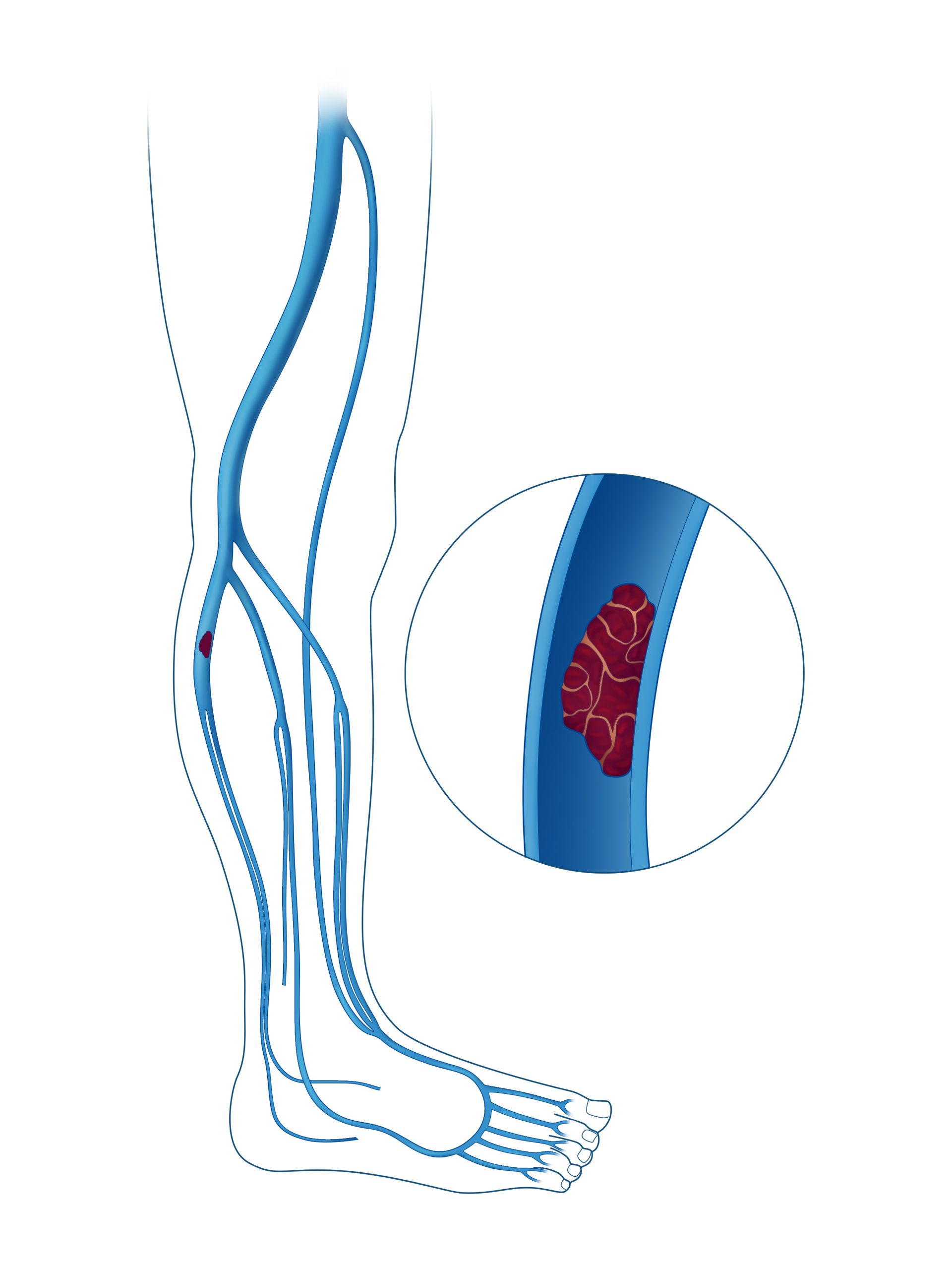
Deep Vein Thrombosis (DVT)
Deep vein thrombosis occurs when a blood clot forms in the deep veins of the body – usually in the leg. While deep vein thrombosis is a fairly common condition, it is also very dangerous. If the clot breaks away and travels through your bloodstream, it could end up in the lungs as a pulmonary embolism – a potentially fatal condition.
Learn More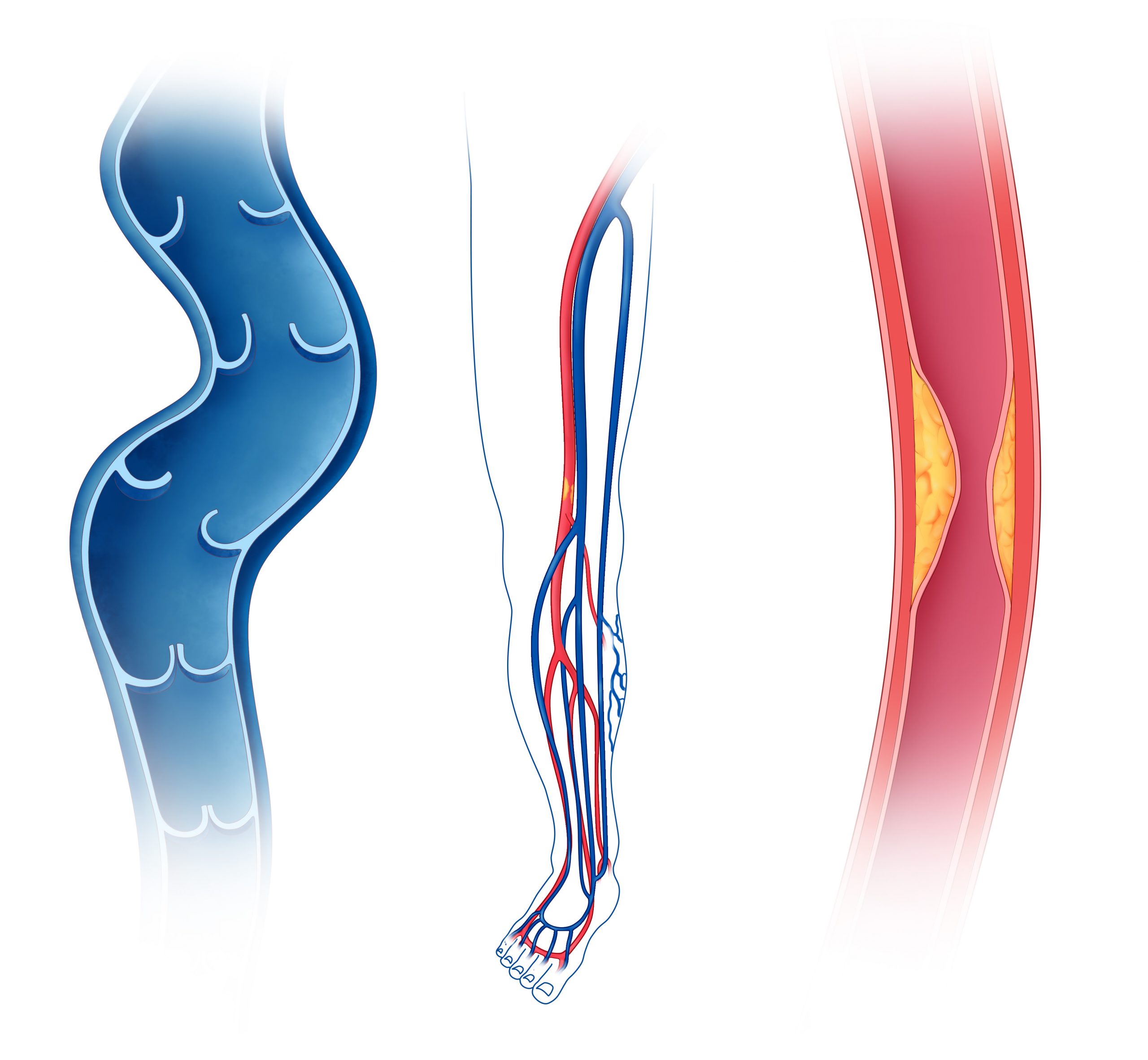
Peripheral Arterial Disease
Peripheral arterial disease causes arteries to your arms or legs to narrow or become clogged. This most often results from hardening of your arteries or atherosclerosis. The plaque associated with atherosclerosis blocks blood flow and prevents oxygen from reaching tissue.
Learn More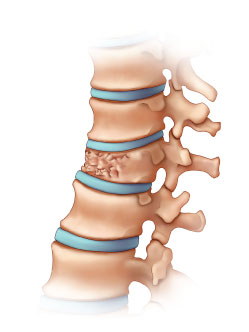
Compression Fracture
Vertebral compression fractures (VCFs), occur when a vertebral body of the spine collapses. VCFs commonly happen in the mid-to-lower spine and are more common in female and elderly patients.
Learn More

